10 Tips and Tricks to Nail Your Virtual Meeting
AV Production AV Services Event Industry May 21, 2020 Brian Lagestee 9 min read

CEO of Clarity Experiences’s Advice on Virtual Meetings
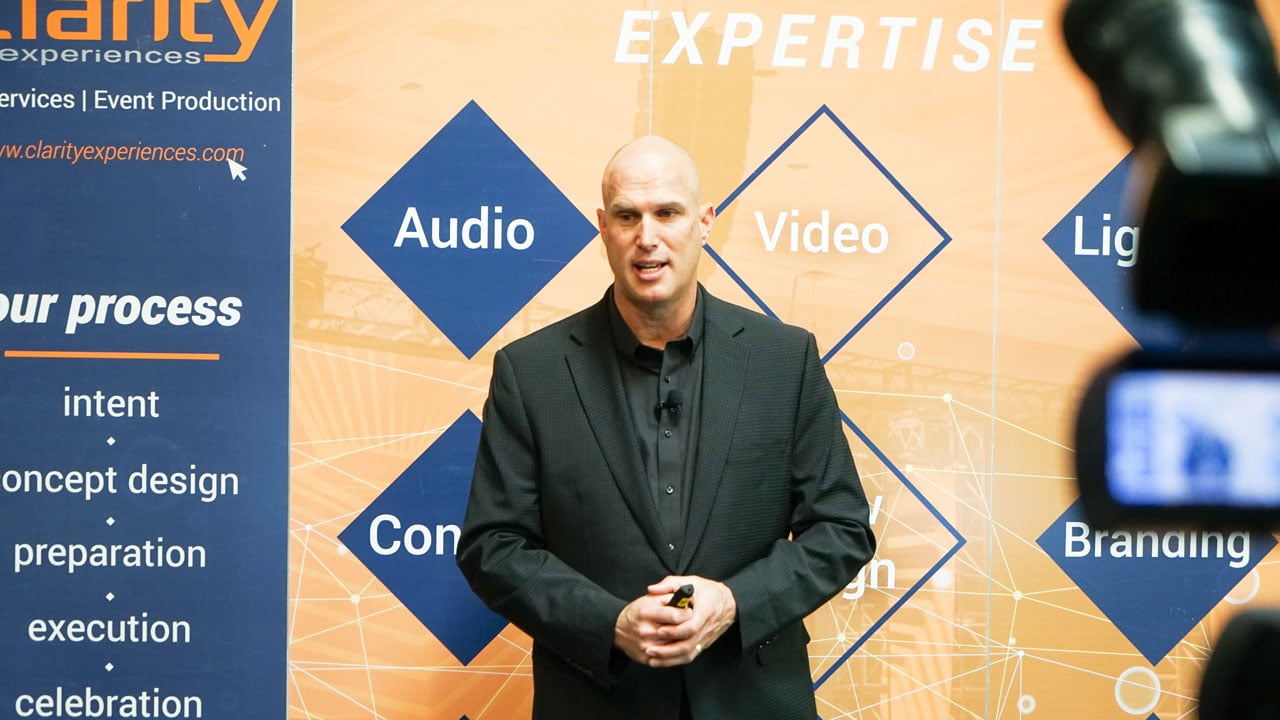
Hi everyone! Brian here. I’m the CEO at Clarity Experiences and I wanted to take this time to talk to you in even more depth about virtual events. I know we’ve written a few blogs at this point about virtual events and what they look like because we want you to feel as comfortable as possible since they are becoming the go-to move for meetings and conferences. This blog is going to be similar in the sense that it’s also about virtual meetings...but I’m going to take a different angle on the topic.
I want to focus on the experience you’re going to have, those little things you might not have thought of yet, and how you’re going to feel during a virtual event...ya know the real-life things that are probably running through your head and keeping you up at night. So, keep on reading to hear some of my tips and tricks I have learned that might help you become a pro at the next virtual meeting you put on!
Tips for presenters in a virtual environment
So, up first, I want to talk about how you are going to feel as a presenter in a virtual environment and give you some tips and tricks I have learned over the years being in this industry. When you’re a presenter at a virtual event, it’s going to feel very different from presenting at a live event for one very big reason. You no longer have an audience. I mean, you do have an audience, you just can’t see them and you have to prepare yourself for that. In a virtual environment, you might also be challenged with being in your home. My advice as a whole for presenters is the more you can prepare and make it feel like you're in a live meeting with an audience, the better you’ll deliver your message.
Tip #1: Prepare for the virtual meeting like you’ll be on camera
Just like if you would be going to a venue at a live event, when presenting in a virtual environment, you want to wear clothes that make you feel good and confident. Look good, feel good baby!
Tip #2: Rehearse, rehearse, rehearse!
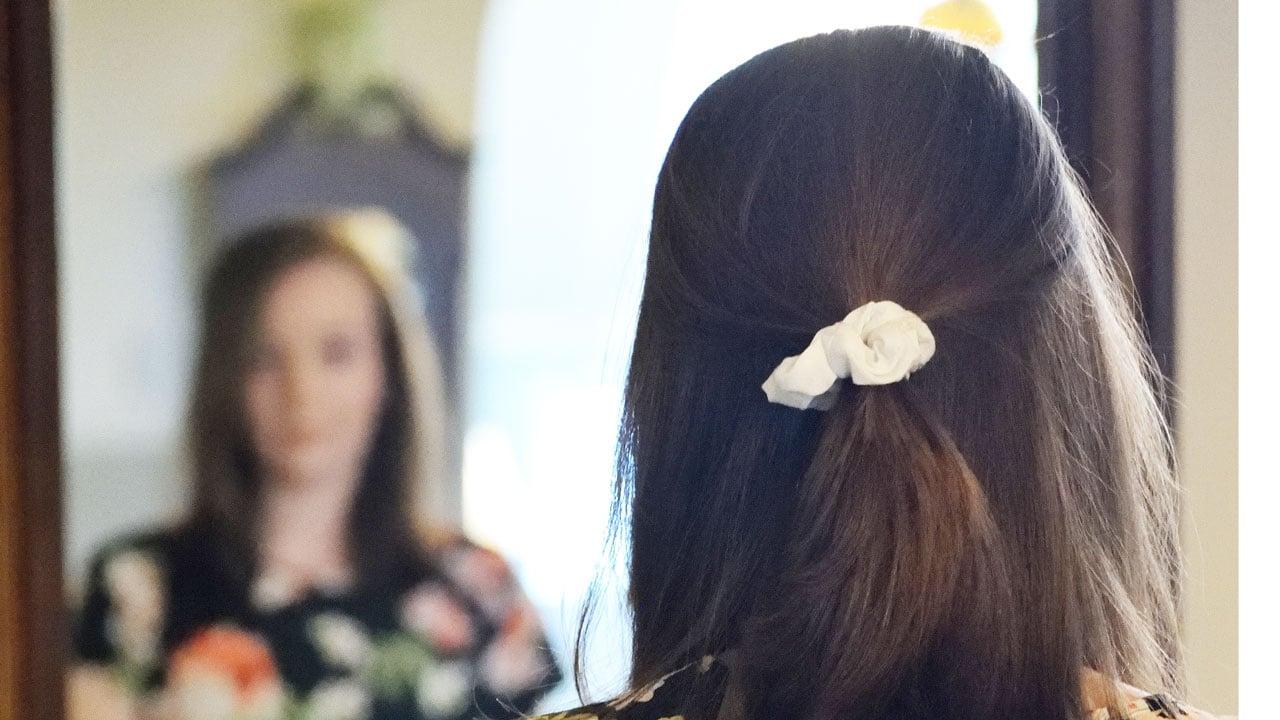
Just because you might be in the comfort of your own home doesn’t mean you shouldn’t rehearse like you would for a live event. Being that I have done quite a bit of presenting in a virtual setting, I have found it helpful to rehearse in front of a mirror because that’s actually what it’s going to feel like in a virtual setting.
You will typically be talking to yourself in a virtual environment. You might be able to see one other person who is interviewing you, but you don’t see all the attendees as you would in a live event. If you feel awkward talking to yourself in a mirror...you just gotta own it. You have to practice the delivery of your message without the audience’s feedback you are probably used to getting, which is trickier than you might think and the mirror is the best way to get this done.
Tip #3: Be prepared
This might seem similar to rehearsing, and it is, but it also deserves its own section in my opinion. From a feelings perspective, it feels very different if you haven't presented virtually before. You know your content. You know what you’re going to say. You don’t need any help with that. But what I can tell you, is that being in a virtual environment can be distracting and that is what you should prepare for.
You’re going to be presenting from your computer and with computers comes distractions. An alarm goes off, you get a text notification, calendar invite, chat message, you get where I’m going with this. The list goes on for days. Prepare for this ahead of time and turn all that off. Your audience will thank you. There is nothing worse than sitting through a presentation where the computer is binging every two seconds. But worse than that, it’s how it can distract you as the presenter from your thought pattern, even if others can’t hear any notifications. Anything that moves or changes will cause you to be distracted, which takes your eyes off the camera.
Tip #4: Camera work is CRUCIAL
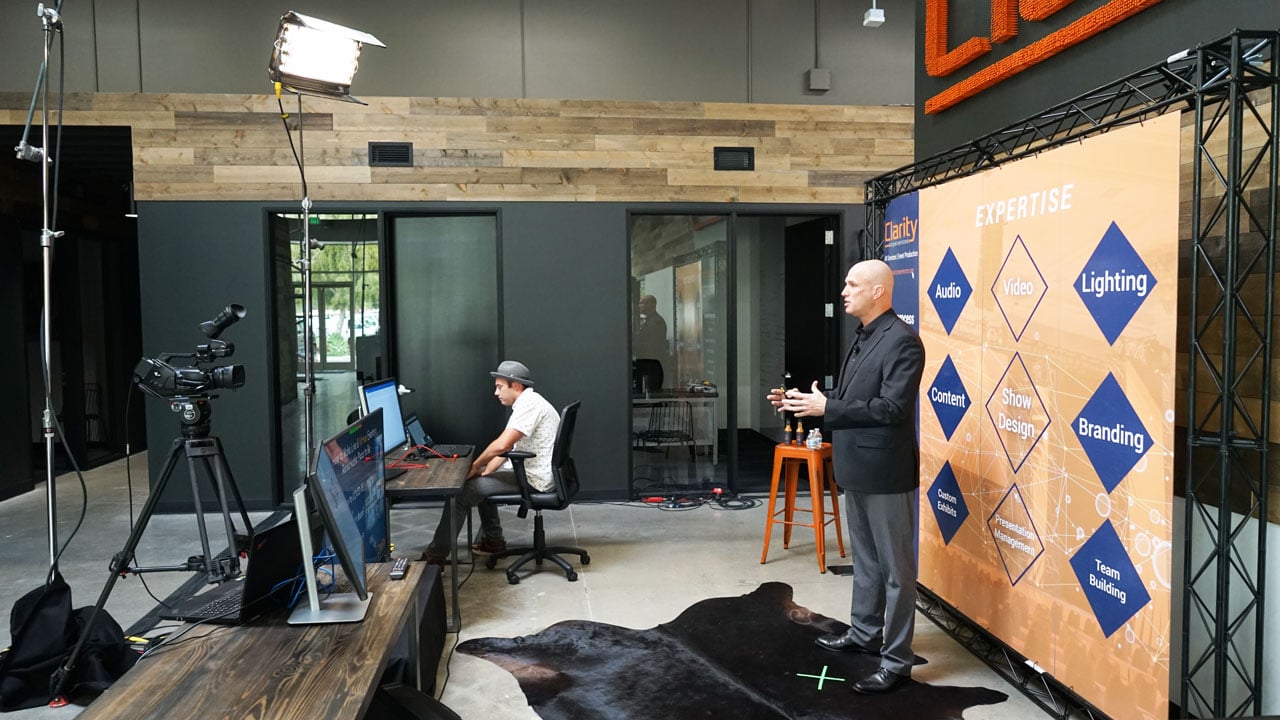
Figuring out the camera is so important. Like so important that I’m going to say it again. My biggest piece of advice when it comes to the camera is to look at it directly. When you have a computer screen, it’s tempting to look at the person that’s interviewing you...or even look at yourself...admit it..you’ve done it. We’ve all done it. But, try your damndest to keep focus and look at the camera. Typically, your webcam is at the top or bottom of your screen, so when you’re talking, looking right at it makes a huge difference in the attendee’s experience.
You also want to be sure you can see your slides and still look right into the camera. This is a big one that can drastically change how you are viewed as a presenter. If you're looking in a different direction than the camera, it looks sloppy, unprofessional, and is distracting for your attendees. My advice for you is to have your slides in the same screen space as where your camera is so you can see your slides while still looking into the camera. You want to treat it like a live event where you would be looking directly into the audience to see your confidence monitor.
Not only is looking at the camera important, so is making sure it’s at the right height and angle. You want it to look as if you’re standing or sitting at the right height. This might seem like a small detail, but it’s going to make the people watching it understand how important the meeting is.
Tip #5: Perfect the lighting
Lighting makes all the difference when presenting virtually. You are already working on a computer screen, which is difficult. Having poor lighting can lower the quality of your image on the screen, which will kill the credit of your meeting. The higher the quality image you have, the better the audience will receive it. If this whole technology and camera thing isn’t up your alley, I completely understand. It’s new to a lot of people, so don’t panic. My advice to you when it comes to getting the highest quality image you want is having good lighting.
Sunlight creates problems because it’s usually either too bright or not bright enough. For optimal lighting, try being in a room that doesn’t have a lot of windows but has a lot of other light that comes in. You should also try to light your face from different angles so you don't have shadows. I know that’s a little more technical, but knowing you have figured out the lighting is going to help you to feel more confident and prepared for your presentation. Long story short: don’t be that guy who is presenting on his deck. No one likes that guy. But seriously, being at home might be a challenge, but try finding the best place for lighting, I promise you, your attendees will thank you.
Tip #6: Over-emphasize emotion
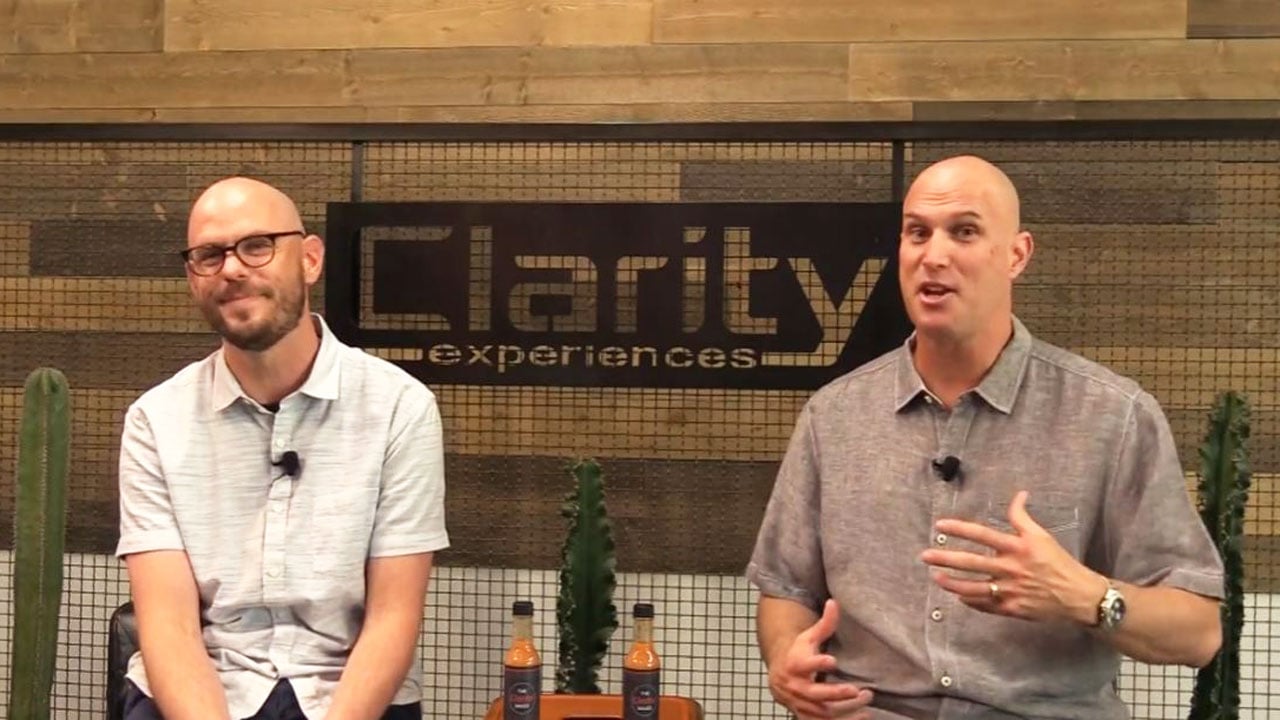
One thing that I don’t think a lot of presenters realize in terms of virtual events is that overall, your emotion doesn't come across as well over video as it does in-person. On camera, your body language isn't always there and attendees don't feel the same energy you would in a live event. Hence the over-emphasize emotion tip. If any of you have ever been a cheerleader or have kids who are cheerleaders you have probably heard the emphasis on facial expressions. If you aren’t familiar with, Google cheerleader facial expressions and you’ll see the type of over emphasizing I‘m talking about.
You might think you're going overboard, but you aren’t. Trust me, it’s hard to do because it isn't natural to be overly enthusiastic or overly emotional, but it comes across better on camera when you do. Presenters who are considered not boring are the ones who can connect with the audience through a camera and share that emotion and get animated. Those are the ones that make a difference.
Tips on getting feedback from the moderator or audience in a virtual environment
Now that we have fully talked about the little details you are going to face as a presenter, we can move on to another pretty big aspect of a virtual meeting that you might not fully feel prepared for: how the heck do you get feedback in a virtual environment?! For starters, in a virtual environment, it’s pretty normal for there to be Q&A being done or to take questions via chat, which will both help you get feedback.
Tip #7: Don’t do it alone. Have help
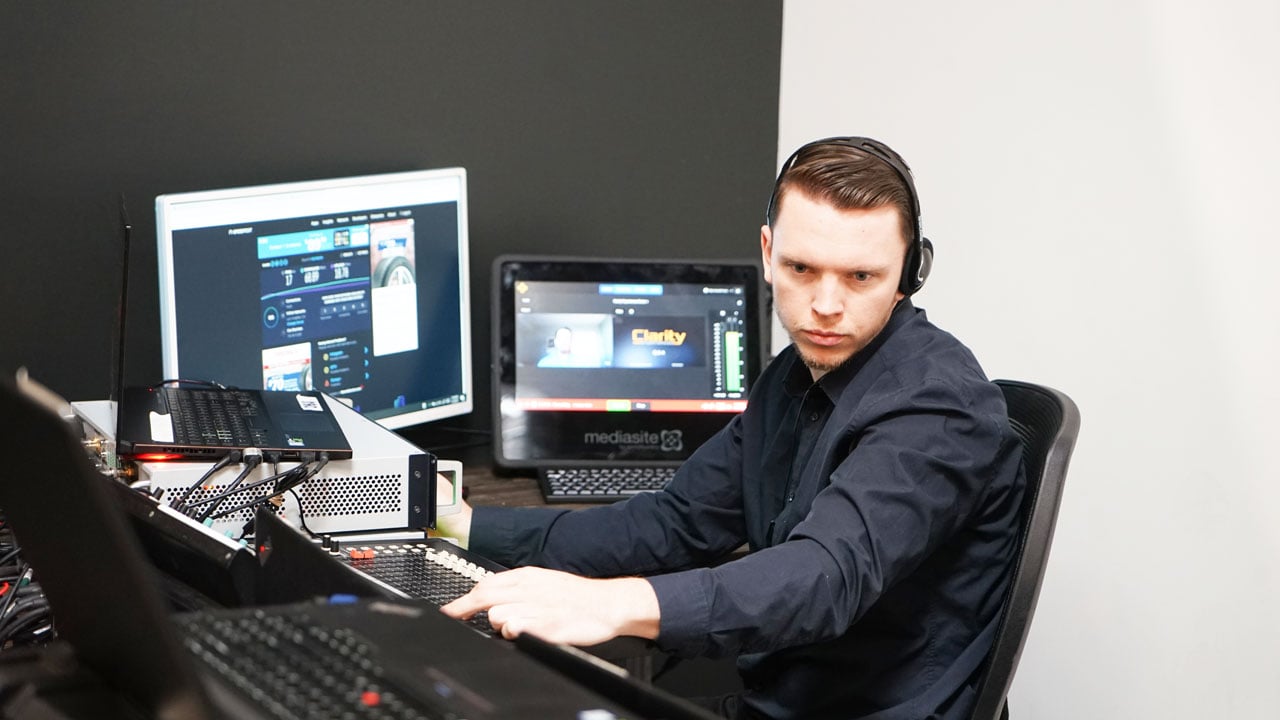
My advice here is to have someone there to help you during the virtual meeting. That person can feed you only the questions you need to answer from the chat so you don’t have to field the questions and answer them at the same time. Having someone to support you is important and ties back into being prepared as we talked about earlier.
Tips on working together in a virtual environment
On the topic of having help, you might also be wondering what it looks like to work with a team in a virtual environment. If you are going to use a moderator, have other interviewers or panels, it’s important to know how you all are going to interact together.
Tip #8: Have a lead
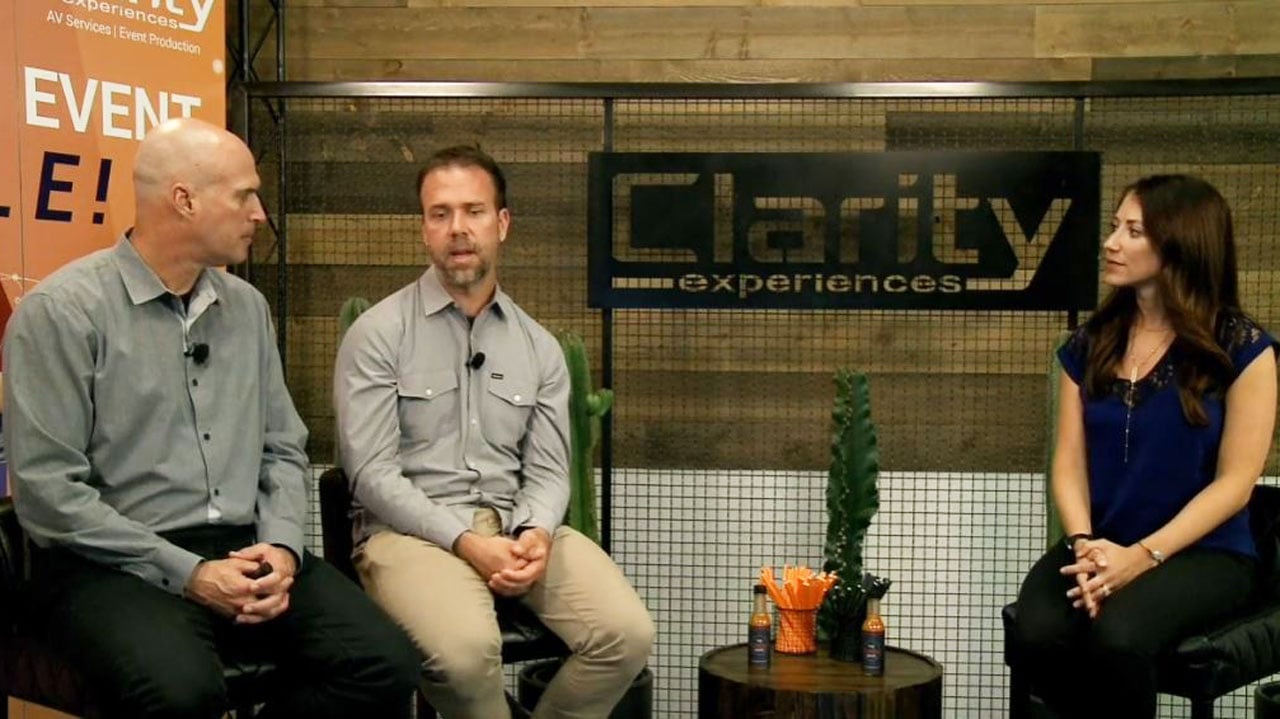
My advice here is to have a lead that will run the conversation. This helps because there is a slight delay on almost every virtual event between the presenters, which makes it easy for people to talk over each other. As a presenter, it’s important to know that a virtual event isn’t going to be as natural as a live event and you have to be okay with a little bit of silence. After you make a statement, I suggest pausing to see if the interviewee or anyone else is going to comment. Knowing this pace and knowing when someone is going to ask a question makes a big difference in how the content feels to the attendees on the other side.
Tips for executives in a virtual environment
In the world of virtual events, executives of companies don’t know what to expect, as it’s uncharted territory. They have someone on their team who's trying to figure out what to do for their virtual meeting and they aren’t sure what to do. That’s when they reach out to Clarity with questions like, what do I do for a virtual meeting? What do I do for a hybrid meeting? How do attendees log on? Are virtual meetings confidential? Do I see people or not? These are the types of questions they haven't wrapped their head around yet.
Clarity wants to help executives answer these questions and share that you can use virtual meetings to get your message out, but you have to think about it differently.
Tip #9: Share the stage
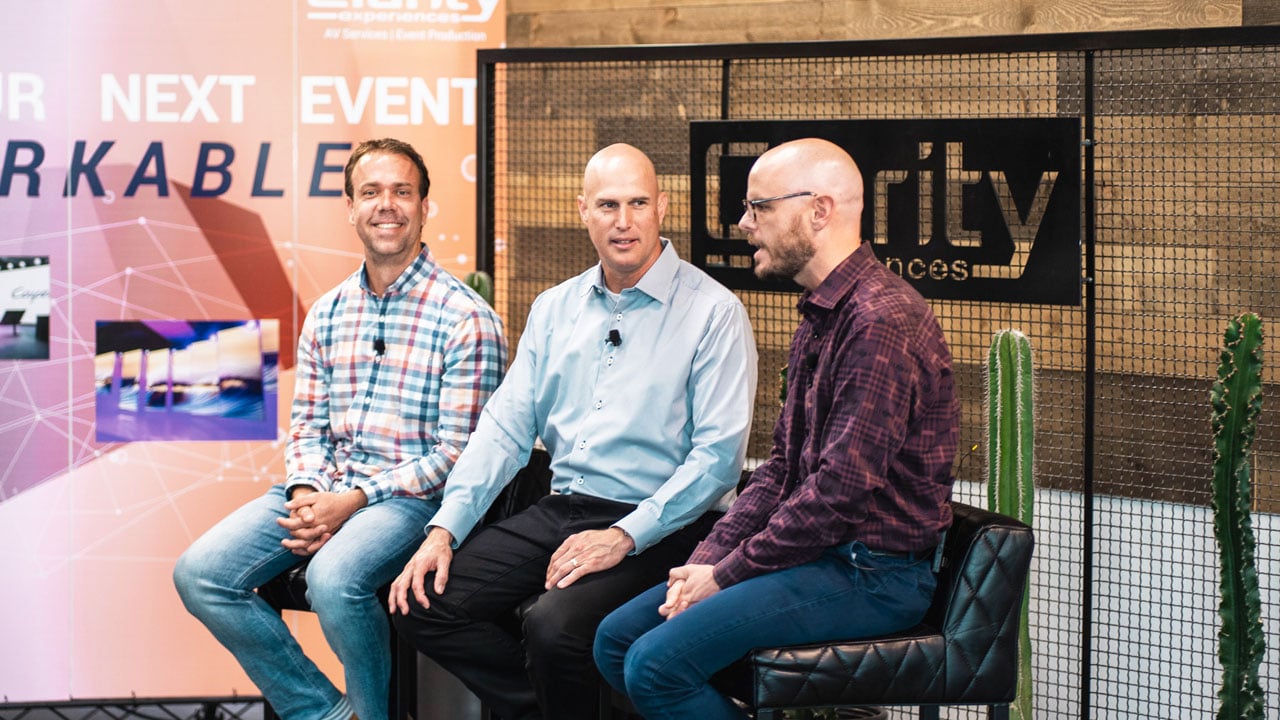
Instead of thinking of it like you're bringing everyone together and giving a speech for an hour, I suggest thinking about how your team members can best consume the information. My recommendation for executives is to set the stage and bring other people in to share little bits and pieces about what’s most important about what you’re trying to communicate. If you have one person talking and you don't change it up quickly, you lose a lot of participation and interest from your audience.
Tip #10: Shorten your message
A virtual platform is a great platform to get messages out, but the message isn’t going to feel the same as a meeting in the office or on stage where there are energy and enthusiasm. It’s easier for people to get bored or lose interest in a virtual environment, so my advice to get participation from the audience and keep them engaged is to shorten your message, get your point across quickly and be patient.
Clarity Experiences
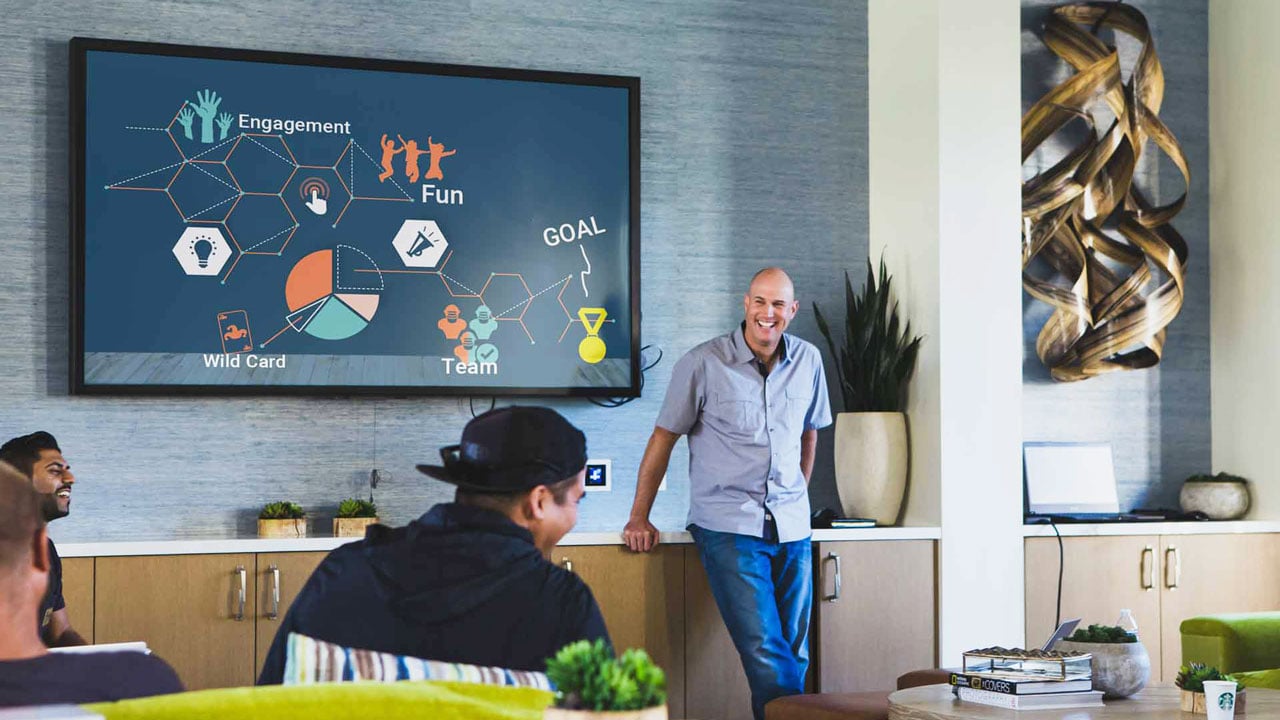
So there you have it! Ten of my personal tips that I have found to be the most helpful when it comes to virtual events and environments. To drive my point home I want to wrap this blog up by telling you a real-life example we just came across that hits on a majority of these tips.
At a recent virtual meeting there was an executive that was speaking to his team. During his presentation his glasses were severely crooked, he wasn’t looking at the camera, and he was in a messy home office. Needless to say, this executive lost a lot of credibility because he didn't treat the virtual meeting with the respect it should be treated with.
My main goal for this blog was to help you feel confident in your next virtual meeting by going through the tiny details so you don’t end up like that executive. Just stay calm, pay attention to your camera, and create an environment where your audience can have a high-quality experience. Make sure your lighting is good, the audio is good, and you look good. These are the things that will make a company feel like they are important and your employees and customers will respect that. It will make your attendees feel like they are getting some sort of experience even if it is in a virtual setting rather than a live setting. If you have any questions regarding virtual events or anything I talked about, please don’t hesitate to reach out. Clarity Experiences helps companies every day in putting on virtual events and we would love to help make yours remarkable!
